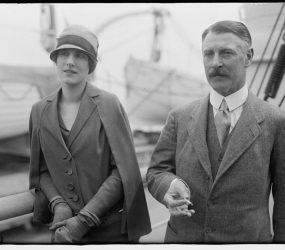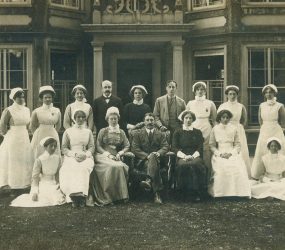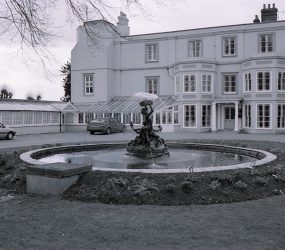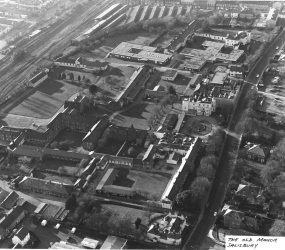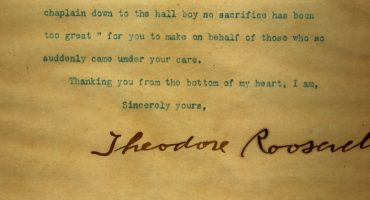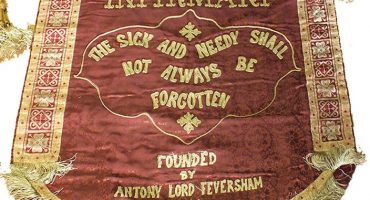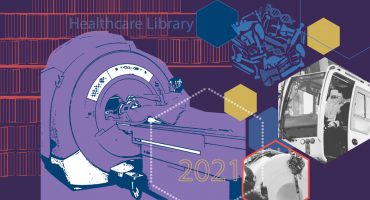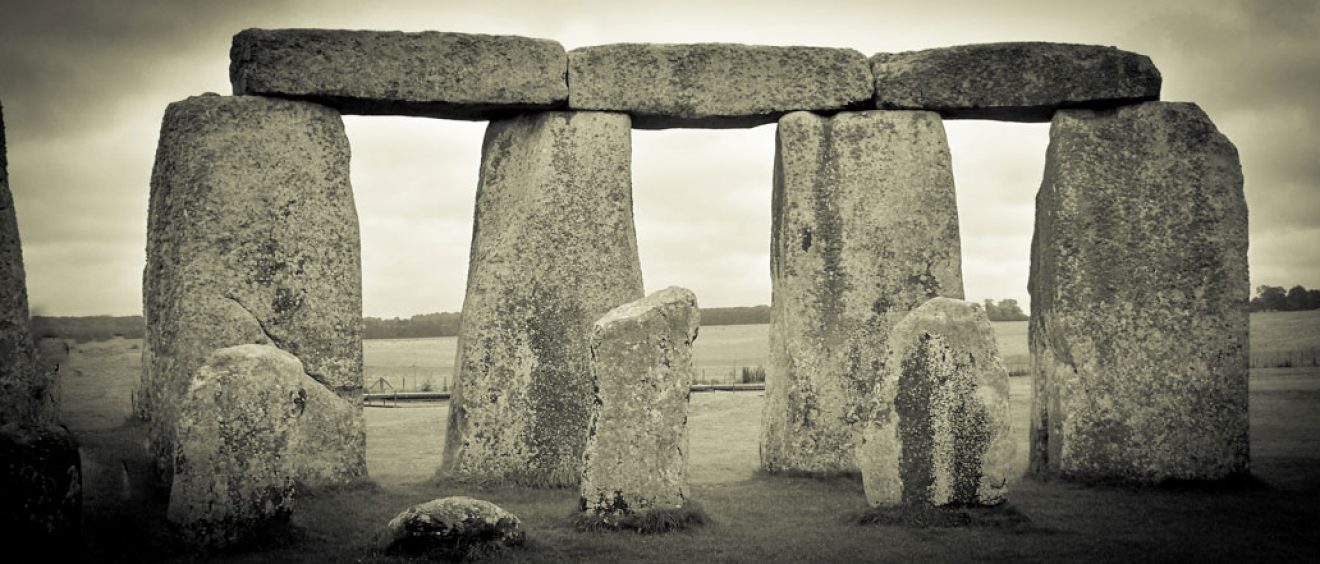
Stonehenge connection
How is one of the most iconic historical sites in the world connected with Salisbury healthcare history?
Without delving into the pre-historic relics from Stonehenge archaeology the connection is more recent and less tenuous than you may think!
What is fairly well known is that in 1915 Sir Cecil Chubb purchased, at auction from the Antrobus family, the Stonehenge site for £6000 (probably the equivalent of half a million pounds in today’s terms). He wanted to save the stones from an oversees buyer and it is also speculated that he wished to give these as a present to his wife! Whatever the case a short while later Chubb donated them to the British Government in 1918.
Sir Cecil’s wife, who may or may not have been best pleased with the gift of Stonehenge, was Mary Bella Alice Finch. They had met at a cricket match between Sir Cecil’s school, Bishops Wordsworth and Fisherton House Asylum in Salisbury and were married later in 1902. Mary was niece to Dr W Corbin Finch who owned Fisherton House and she eventually inherited the hospital in 1910.
The business got into financial difficulties and a limited company was set up with Sir Cecil becoming chairman and Mary on the governing board. Fisherton Asylum was renamed Old Manor Hospital in 1924 and under their management became the largest private mental institution in Europe, until it transferred to the National Health Service in 1955. (Later became Fountain Way in 2003)
There was a plaque on the Old Manor hospital site dedicated to Sir Cecil Chubb, recognising his work; located possibly in the chapel but we’ve not any record of this yet … so do let us know if you have seen it. The photograph below, thought to be taken in 1921, shows staff at Fisherton Asylum (latterly Old Manor Hospital and Fountain Way) posed in front of Finch House – the central figure seated, in the arm chair, is almost certainly Sir Cecil Chubb.
Read more about the Old Manor Hospital

